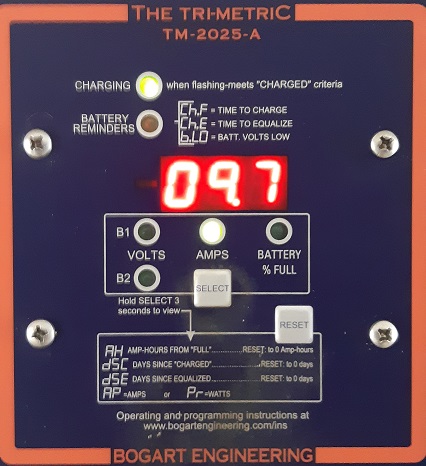William Rees, co-inventor of the ecological footprint concept, recently published an article entitled ‘Don’t call me a pessimist on climate change, I am a realist.’ He outlines all the reasons why it is unlikely that humanity will achieve the transition to a just, healthy and sustainable way of occupying our planet. I’m inclined to agree with him on that. So i hope readers don’t think i’m an optimist on climate change just because i’m writing about ‘the transition’ and doing what little i can to further it. I’m not an optimist on living forever, either, but that only encourages me to live more deeply the little time i have.
The same applies to human civilization, as far as i’m concerned. If we are in the process of destroying ourselves, i’d really like to understand what it is about human-nature relations that pushes us in that direction. If we are in the process of making the transition to a civilization that respects the nature of ecosystems, i’d like to understand that too. Or at least contribute to somebody else’s understanding by reporting on our local experiments.

One of those is our Chevy Bolt EV. Electric cars face special challenges in winter, because cold batteries don’t operate as efficiently. We do have an enclosed garage, but it’s not heated. The manual for ours recommends keeping it plugged in when temperatures fall below freezing. We can’t do that because we’re off the power grid and keeping the car plugged in would very quickly drain the batteries that power the whole house. To give you a rough idea, we need about 5 kilowatt-hours per day to power the household – more in the November-to-February stretch because the nights are longer. On an uncloudy day we can draw that much from the sun in 3 hours or less; but uncloudy days are rare this time of year, and 5 kwh will only power the car for about half an hour’s driving.
Of course we can’t just let the car sit unused for weeks at a time either. Since the cold weather started, Pam has been out driving three or four times a week. One weekly trip includes a charging session using the Level 2 charger we installed at our on-grid place in Little Current (15 km from home). She’s found that we can save energy by using the heated driver’s seat and steering wheel rather than heating the whole interior of the car. Of course we need the windshield defroster occasionally – but not very often (unless there’s too much conversation going on among passengers and driver!). Anyway, the risks of relying on an EV in winter are greatly outweighed by the benefits of low maintenance, zero emissions and very low “fuel” costs. We’ll see what happens when the temperature drops to -25 C.
Our old hyrid car had some feedback features that were helpful in changing my driving habits to get more kilometers per litre. With the Bolt EV the feedback is even better. There is a meter that shows the effect of your driving technique enroute. I like to leave this meter oñ the display screen. When I discovered it I went from -5.3 to +10.5 in one trip. Yes the car has a lot of take off power but easing up on that pedal lets you go farther between charges.